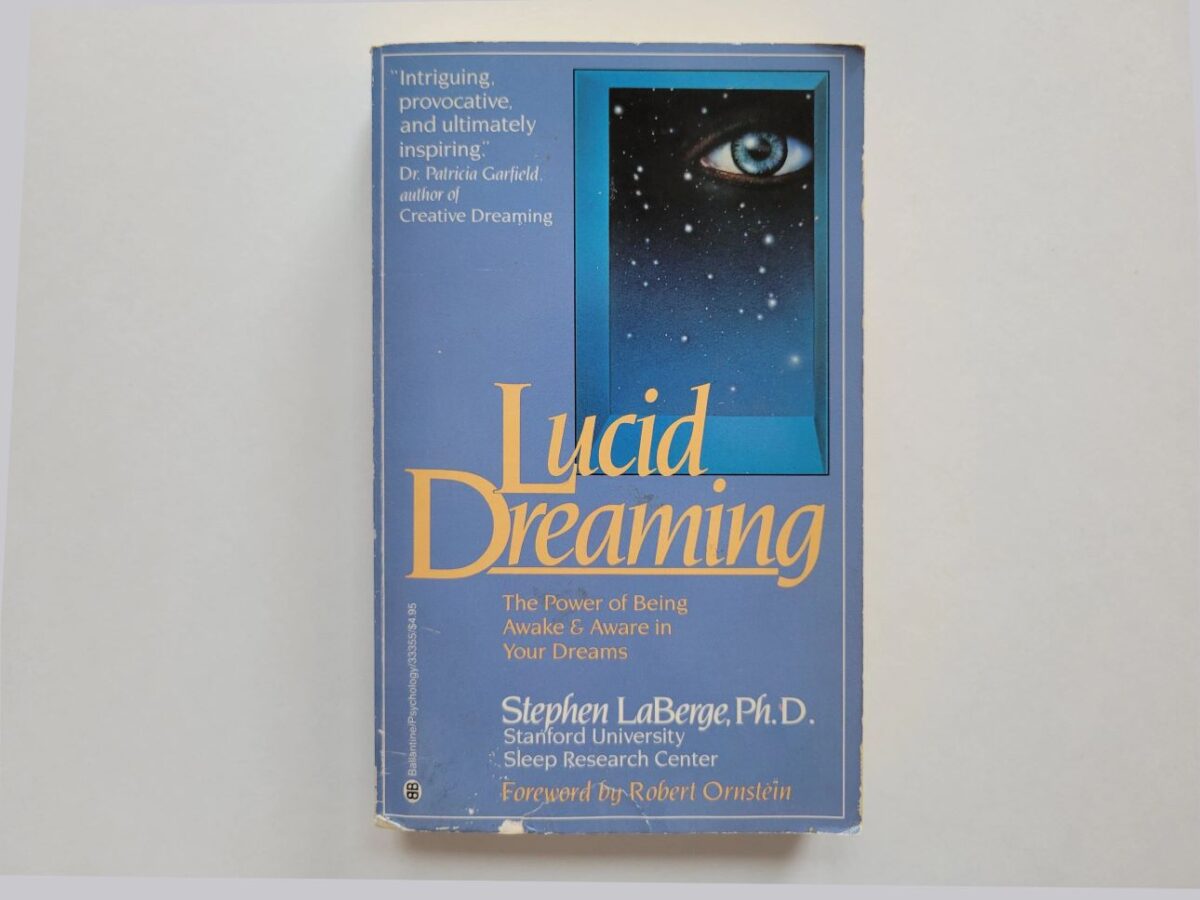There is a trick technique for making most lucid dreaming entrances successful: forced falling asleep. It can be used with the following situations and variations: as an independent technique; when no other technique works; upon extremely alert awakening; when awakening to physical movement; in case of intense physical stimuli from one’s physical surroundings; when getting a poorly working technique to yield results, and so on. In essence, this is a lifesaver technique for all those situations when something isn’t working as one would like it to, or not as one had planned.
Interesting Fact!
Correctly using forced falling asleep in conjunction with indirect techniques can realistically bring odds of success to near 100 percent. That this, practically all attempts to exit the body upon awakening can become successful.
Odds of entering lucid dreaming diminish with every second when using cycles of indirect techniques upon awakening. Forced falling asleep, to put it simply, is a way to reel that receding lifeline to lucid dreaming back towards you. It tricks the brain, which will react automatically to all your actions and quickly thrust you into an intermediate state that is easy to use to enter lucid dreaming.
What the practitioner does is try to fall asleep as decidedly and as quickly as possible, but while maintaining the intention of not losing consciousness. The most important thing is to not get caught up in how to do it. Everyone intuitively knows how to do it, because everyone has had to force themselves to fall asleep at one point or another. You need only to get pulled in to a wave of sleepiness and catch it at the last second. It’s quite similar to real life situations when there is very little time to sleep, and one nevertheless has to catch some rest. This technique is to be performed with that very determination to fall asleep quickly – but of course, here you do not fall completely asleep.
Despite all the merits of forced falling asleep and opportunities it offers, it quite rarely works at School of Out-of-Body Travel seminars for beginners. It is often put forward as an element for advanced practitioners who have reached the next level of sophistication. The problem consists in the fact that forced falling asleep is nearly always difficult for novices to conceptualize. In addition, information overload leads to an inability to digest additional information, and risks crowding out more elementary tasks at the start of one’s practice.
This is primarily why forced falling asleep must be approached carefully. Ideally, lucid dreamingr himself should start to feel it approach on its own. This often occurs after one has already had a first experience. There’s no sense in including it in the first things to be learned. Rather, it should only be used to fine-tune the effectiveness of attempts using indirect techniques. The exception would be situations where forced falling asleep is the last tool that hasn’t yet been tried, and nothing else can be made to work upon awakening.
The most important thing is to never try this technique if you don’t understand it. A practitioner may lose out on real experience in search of a silver bullet. He would waste time and energy on things obscure to him, and therefore, that which is bound to be ineffective. Conversely, if a practitioner immediately understands forced falling asleep and is familiar with it, then he may dive right into trying it in his practice.
What follows is a very characteristic example of how this technique can be incorrectly understood: Let us assume that a lucid dreamr tries to perform forced falling asleep in some way, but that it doesn’t work. At the end of the attempt, the disappointed practitioner decides to fall fast asleep in order to catch the next awakening. And it’s just at that moment that he begins to feel an imminent approach of lucid dreaming (vibrations, imagery, noise). On this the second try, he has done everything the right way – naturally and unaffectedly. Whereas before he had over-thought and over-complicated his actions when trying to do the technique, now he has been doing everything correctly – he simply begins falling asleep, as forced falling asleep should be done.
It’s worth paying close attention to the fact that novices often get results from indirect techniques not while cycling them, but only when they want to fall asleep quickly after a failed attempt in order to catch one more awakening.
The main problem when performing forced falling asleep is the risk of easily falling asleep for real, no matter how awake one’s mind seems before using this technique. This should always be remembered, and the length of time that this method is carried out should be carefully varied. In most cases, only several seconds are necessary in order to get results. Sometimes it needs to be done for longer, and sometimes lucid dreamingr falls asleep after two seconds of performing the technique, although it may seem to him that he had awoken too alertly and that nothing at all would work for him.









